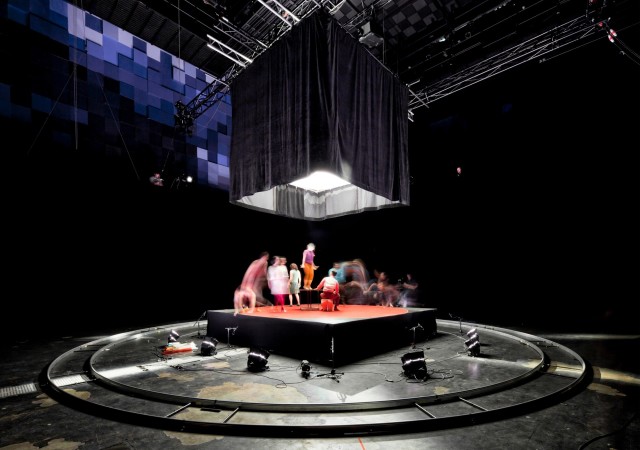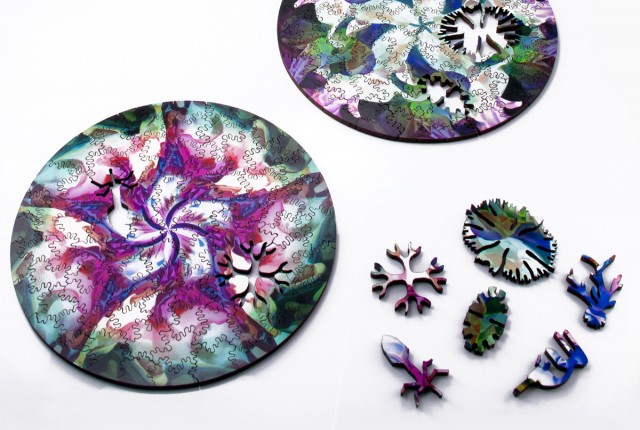
Fractal Film is a generative film that takes 3D source video of a performance, and then displays it with a random selection of editorial decisions, such as camera position, zoom, speed and video loops. Each iteration of the film employs a different combination of these choices, exploring a unique edit of the footage.
I find this work very compelling, not only because it deals with film and staging, but because it uses randomness and synthesis in a way that I believe is very effective. Cinematography has a profound effect on how the story is told, and yet, we aren’t traditionally able to explore how it could have been shot differently — most filmmakers don’t even have the resources to collect this much footage. Limited resources mean that everything about the way film is traditionally delivered to us is incredibly deliberate and narrow — thus, I think being able to see the story told through edits no filmmaker would ever call for is incredibly valuable.
I wish the articles I found (including the main article) had a better description of the editorial decisions the film iterates through. It’s super vague (one is allegedly “goals”), and I’d like to understand whether content comes into play. A more dense array of cameras would probably also make the experiment significantly more interesting. Interpolating between these views would also allow us to synthesize a large number of perspectives.
Fractal Art is a collaboration between video artist Delphine Doukhan and generative artist Antoine Schmitt. . Doukhan seems to have a history of exploring new media, and Schmitt’s works frequently deal with notions of randomness and unique combinations of outside media; both of their work can clearly be seen in the inspiration of this work.

The group Nervous System has created a set of generative jigsaw puzzles — both the cuts and the image itself are generative and unique to each piece. The puzzles use generative artworks created by generative artist John McCabe.
I found this work compelling because I thought it made particularly good and interesting use of the generative form — a puzzle is something where true uniqueness comes in handy, and random generation does no harm to its form. According to my source, Nervous System specialized in generative products, but they consider the form to be very distinct from their other works. They cite a fascination with puzzles as their inspiration, and the massive potential they present for generative form. The artists plan on improving their product and making future iterations.
This is another piece I have trouble criticizing, because it’s very effective at what it sets out to do. I suppose my personal preference would be that the puzzle have corners — with such a complicated piece, some frame of reference might be nice for putting the puzzle back together. But I can see arguments against it.